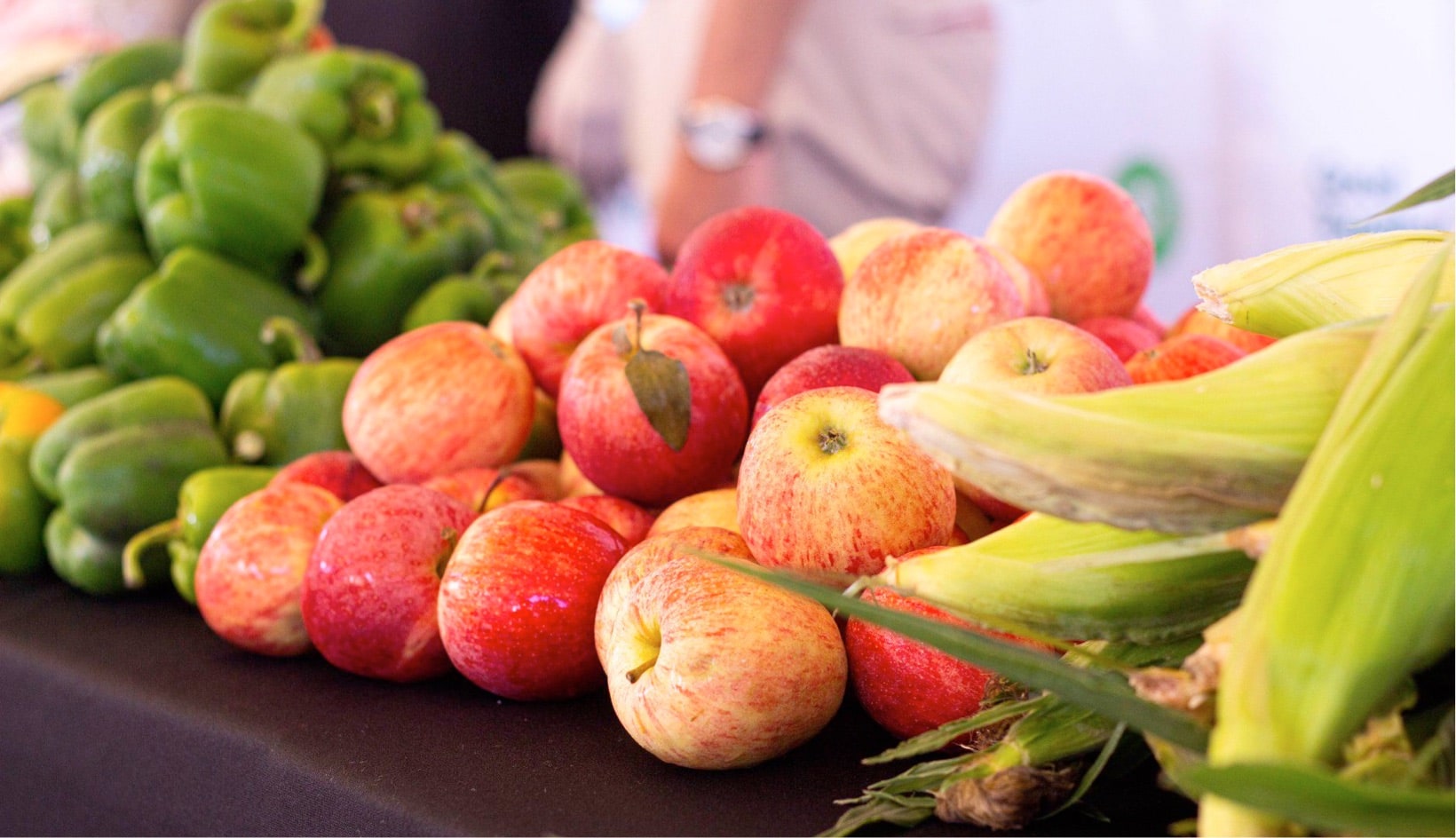In the U.S., food is the largest single category of material to end up in landfills. In fact, the FDA estimates that roughly 30-40% of the country’s food supply is thrown out as food waste. Meanwhile, more than 34 million Americans face hunger every day.
These numbers are lofty, and they may make the task of personal food sustainability seem impossible. But any small change can make a big difference in the way that we conserve and consume our food. That’s why we’re celebrating Food Waste Prevention Week this week!
What is food waste?
Essentially, the term describes any food that is perfectly safe to eat but is instead discarded before consumption.
Food waste can look like:
- Uneaten food that is thrown away in homes, restaurants, grocery stores, and other retailers.
- Food scraps you may have from preparing a meal
- Byproducts from food and beverage processing facilities
- Crops left in the field
- Food that becomes spoiled during manufacturing/transportation
- Food thrown out because it may appear discolored or in some other way unsatisfactory
Why food waste prevention matters
- It saves money
- In Florida, the average family of four throws away $1,600 worth of food every year. This debt can be curbed by shopping smarter, storing food properly, or even finding innovative ways to reuse leftovers and food scraps.
- Moreover, restaurants and stores can save on labor costs by incorporating more efficient handling and preparation of food into their routines.
- It helps the environment
- When food ends up in a landfill, it emits methane as it slowly spoils. This greenhouse gas traps heat from the sun’s rays in our atmosphere, worsening the effects of global warming. We have the power to reduce these methane emissions simply by conserving our food.
- Food waste prevention also allows us to better manage the resources (like water, labor, energy) that we use to grow, harvest, manufacture, and transport crops.
- It moves us one step closer to creating a hunger-free community
- According to Feeding America’s 2021 Map the Meal Gap study, an estimated 2.2 million Floridians lack access to healthy food. Food insecurity doesn’t discriminate, and one missed paycheck or bad week can determine whether one of our neighbors has a meal on their table. We have the ability to redistribute the food that would have otherwise been discarded to those who need it.
Easy ways that you can reduce food waste
- Try composting
-
-
- Composting breaks down food into a long-lasting fertilizer rich with nutrients and organic matter that improve soil. It promotes healthy plant growth while also reducing the need for pesticides and synthetic fertilizers that could harm the environment. You can compost using a variety of products, like banana peels, vegetable scraps, and even your morning coffee grounds. All it takes is a bin, your food scraps and some enthusiasm to start! For more information on how to compost, check out this article from the EPA!
-
- Revamp leftovers
-
-
- Beyond reheating leftovers, you can repurpose them in creative ways. You can use scraps to make stock or transform grains and meats into fried rice, scrambles, etc. If you have a sweet tooth, you can use up browning fruits to make smoothies or desserts, too. The possibilities are endless! And although your leftovers may not be perfectly fresh, they can still be delicious.
-
- Understand how to properly store produce
-
-
- Effective produce storage extends the life of all your favorite fruits and veggies. For a thorough guide on what can be kept in vs. outside your refrigerator, take a look at this article from Food Insight.
-
- Plan your meals and shop with a list
-
-
- Keep a list of meals (and their ingredients) that you enjoy on hand. By knowing what you already like, you can shop for food that you know you’ll use.
-
- Adopt a “first in, first out” method of food storage
-
-
- The FIFO rotation method is used often in restaurant kitchens as a way to optimize food storage. But it’s just as easy to implement at home! Essentially, you label your items with the dates you store them. Then put older foods in front/on top in your fridge/pantry so that you use them first.
-
- Understand food labels
-
-
- “Sell buy” refers to the manufacturer’s suggestion for how long a store should keep an item on its shelves. Make sure to buy the item by this date.
- “Best by” refers to how long an item will be at peak quality. The date listed is the last date recommended to use the item for best flavor and quality.
- “Used by” refers to the last date to use the item for peak freshness. This date is important to monitor when consuming perishable products like meat, poultry, milk, etc.
-
- Keep in mind that these dates are not standardized or required by federal law. Most food can still be eaten safely after these dates. However, the flavor, quality, and texture may begin to change. Feel free to read our previous blog post for an in-depth guide to food expiration date labels.
- Embrace “ugly” produce
-
-
- Don’t be afraid of fruits and veggies with imperfections! Despite being deformed, discolored, or misshapen, they still provide as much nourishment as their flaw-free counterparts.
-
- Donate goods to food banks like Feeding Tampa Bay!
-
- Sharing is caring! Our goal as an organization is to uplift our neighbors by providing them with the support they need to lead fulfilling lives. We know food is a big part of that equation, so we welcome donations with open arms. For more info on how you can donate and nourish the community, check out our website.
